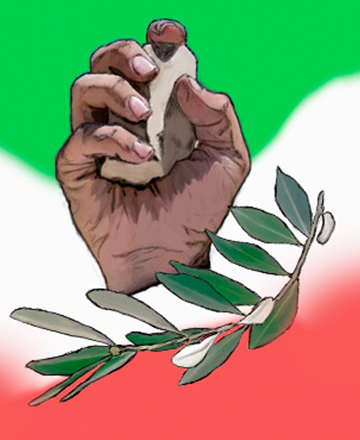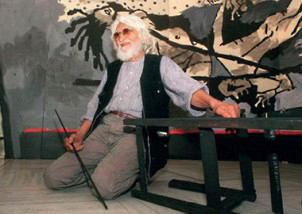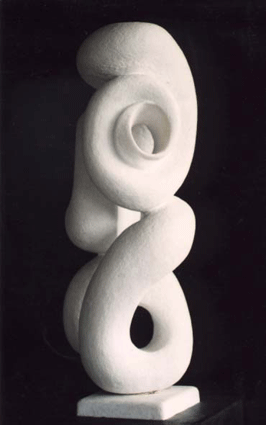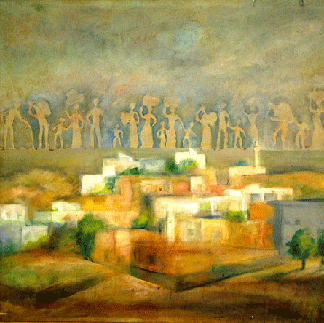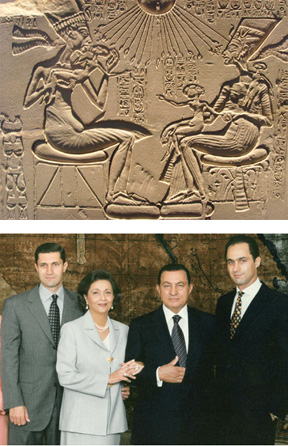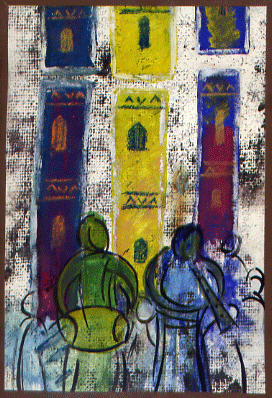
The protests that began way back in February in Yemen have yet to abate. Since that time the country has come to an economic standstill, perhaps even a backslide, and the brink of civil war. Fate intervened on June 3, when President Ali Abdullah Salih was severely injured in a bomb blast at his residence mosque. It was a full month later before he appeared on television and only a week ago when he was discharged from the hospital in Saudi Arabia. Rumors continue to circulate that he will return, although this seems more and more unlikely given his lingering health problems. Meanwhile, like all long-standing dictators, reminders of his power still dot the landscape. The picture above is a heart-shaped image in the southern city of Mukalla. I suspect it may no longer be unblemished. Way back when this all began I thought the protests would not unseat Salih, then changed my mind and thought it would happen soon. But all bets are off because there is no way to predict the turn of events that will occur. I strongly suspect Salih will not return to Yemen and he will grudgingly sign the accord he almost did three times in the past. But as I find so often inscribed in the manuscripts I read, الله اعلم.
